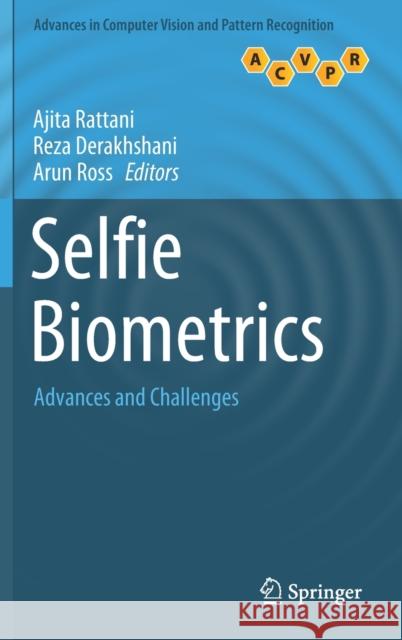Selfie Biometrics: Advances and Challenges » książka
topmenu
Selfie Biometrics: Advances and Challenges
ISBN-13: 9783030269715 / Angielski / Twarda / 2019 / 380 str.
Selfie Biometrics: Advances and Challenges
ISBN-13: 9783030269715 / Angielski / Twarda / 2019 / 380 str.
cena 403,47 zł
(netto: 384,26 VAT: 5%)
Najniższa cena z 30 dni: 385,52 zł
(netto: 384,26 VAT: 5%)
Najniższa cena z 30 dni: 385,52 zł
Termin realizacji zamówienia:
ok. 22 dni roboczych
Bez gwarancji dostawy przed świętami
ok. 22 dni roboczych
Bez gwarancji dostawy przed świętami
Darmowa dostawa!
Kategorie:
Kategorie BISAC:
Wydawca:
Springer
Seria wydawnicza:
Język:
Angielski
ISBN-13:
9783030269715
Rok wydania:
2019
Wydanie:
2019
Numer serii:
000418995
Ilość stron:
380
Waga:
0.72 kg
Wymiary:
23.39 x 15.6 x 2.24
Oprawa:
Twarda
Wolumenów:
01
Dodatkowe informacje:
Wydanie ilustrowane











